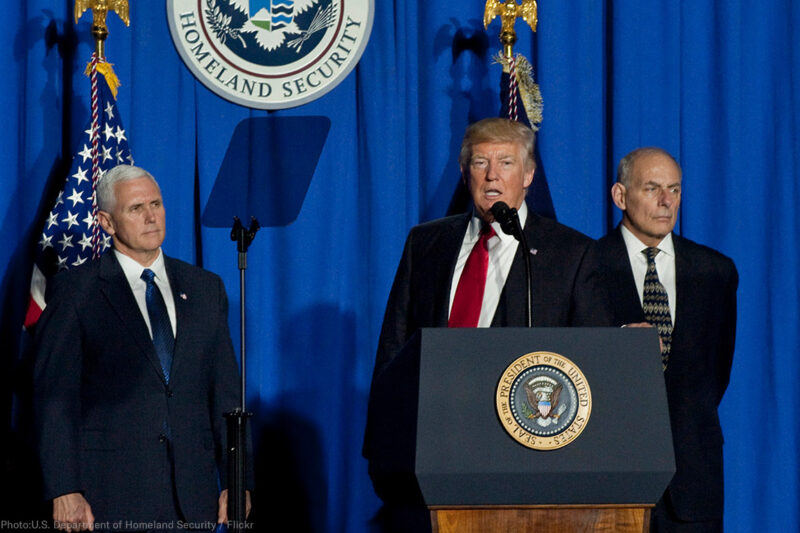
The July 26 deadline for the federal government to reunite thousands of separated children with their parents is three days away.
Here’s what you need to know about where the reunification process stands.
How many children have been reunited?
On July 23, the Trump administration told the court that it had reunited or 'appropriately discharged' 1,187 of the 2,551 children ages five and older who were forcibly separated from their parents. The government has also reunited 58 out of 103 children who are under the age of five and whose reunions were required by the first deadline, July 10.
The government identified 1,634 class members who are eligible for reunification and are in various stages of the process. However, in the same federal court filing, the government has claimed that the separated children of 917 parents are either not eligible, or “not yet known to be eligible,” for reunification.
What could render a parent and child “ineligible” for reunification?
The government has provided certain categories of children and parents whom it considers ineligible for reunion by the deadline. These buckets include:
- Parents whom the government has not located
- Parents who are currently in criminal custody
- Parents with an alleged criminal history that would present a danger to the child
- Parents who have a communicable disease
Many of the children whose parents are ineligible may become eligible, for instance as parents are located, released from criminal custody into ICE custody, or a disease passes.
For parents whose eligibility the government is challenging based on a prohibitive criminal history or unfitness finding by ORR or ICE, more information is clearly needed. As we’ve argued in court — the government’s word alone on this determination is not sufficient, which is why we’ve asked the court to order the government to provide details about the nature of the charge, conviction, or warrant for each parent whom the government excluded, so that we can verify that not reunifying the child is truly in their best interest.
On July 20, Judge Sabraw indicated that he would wait to rule on this matter until after the July 26 deadline, instead focusing on all eligible class members ahead of that day.
For children under 5, the government said that 20 children fit these criteria and for children five and over, 64. These numbers may change given that 260 parents are still being categorized in the government's murky "further evaluation" bucket.
As of July 23, the government reported that 130 parents had waived their right for reunification, meaning that their child would stay in the U.S. while they are removed, either in Office of Refugee Resettlement custody or possibly being released to a sponsor.
It is critical that we are able to reach these parents and independently verify that they made this important choice with full knowledge of their families’ legal rights. In court on Friday, the government was not able to say how many of the 136 parents were still in the country, and this is information we will continue to press for.
The government still hasn’t found all the parents?
As of July 20, the Trump administration reported that it had 37 children in government custody who have “not yet been matched” to a parent from whom they were taken.
Additionally, when asked in court, the administration was not able to provide a count of the number of parents who were released from ICE custody and whose locations are still unknown.
Finally, there is the all-important question of where are the parents whom the government has already deported? For the separated children under five years old, there were an estimated 12 parents who had already been deported by the time of the court’s June 26 order requiring reunion.
On July 23, the government reported that per “case notes,” as many as 463 parents of children five and older may no longer be in the United States. These cases are apparently “under review.”
What happens to families when the parents have final orders of removal?
As of July 23, the government estimated that 900 parents have final orders of removal. It’s crucial that the decisions they make about the future of their children’s asylum claims are informed and non-coerced. It cannot be made until parents not only have had the time to fully discuss the ramifications with their children, but also to seek legal advice.
We sought a court order that would block the deportation of any parent until one week after they are reunited with their children. The court is weighing this request, but in the short-term, it has blocked all deportations until July 24.



